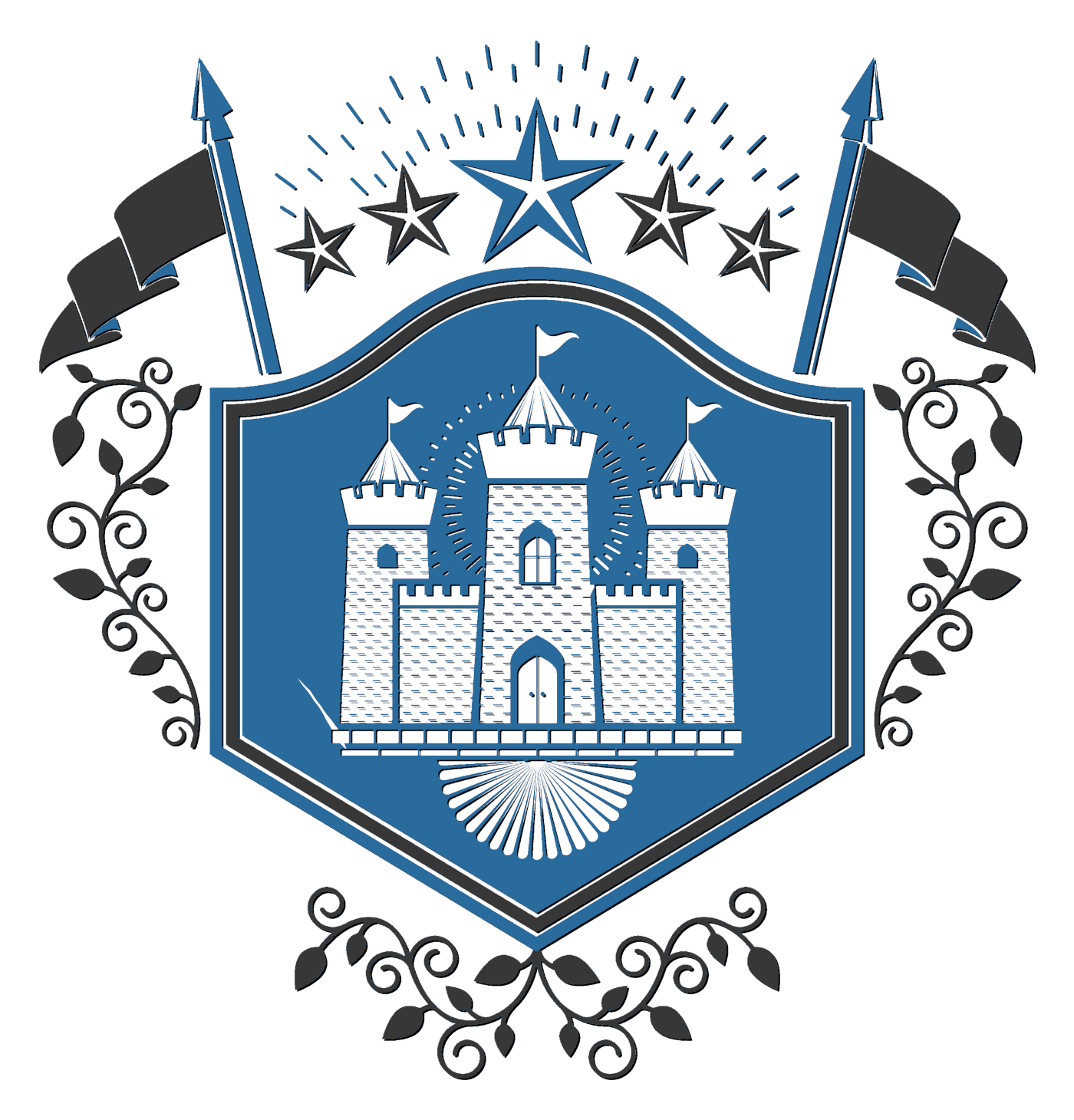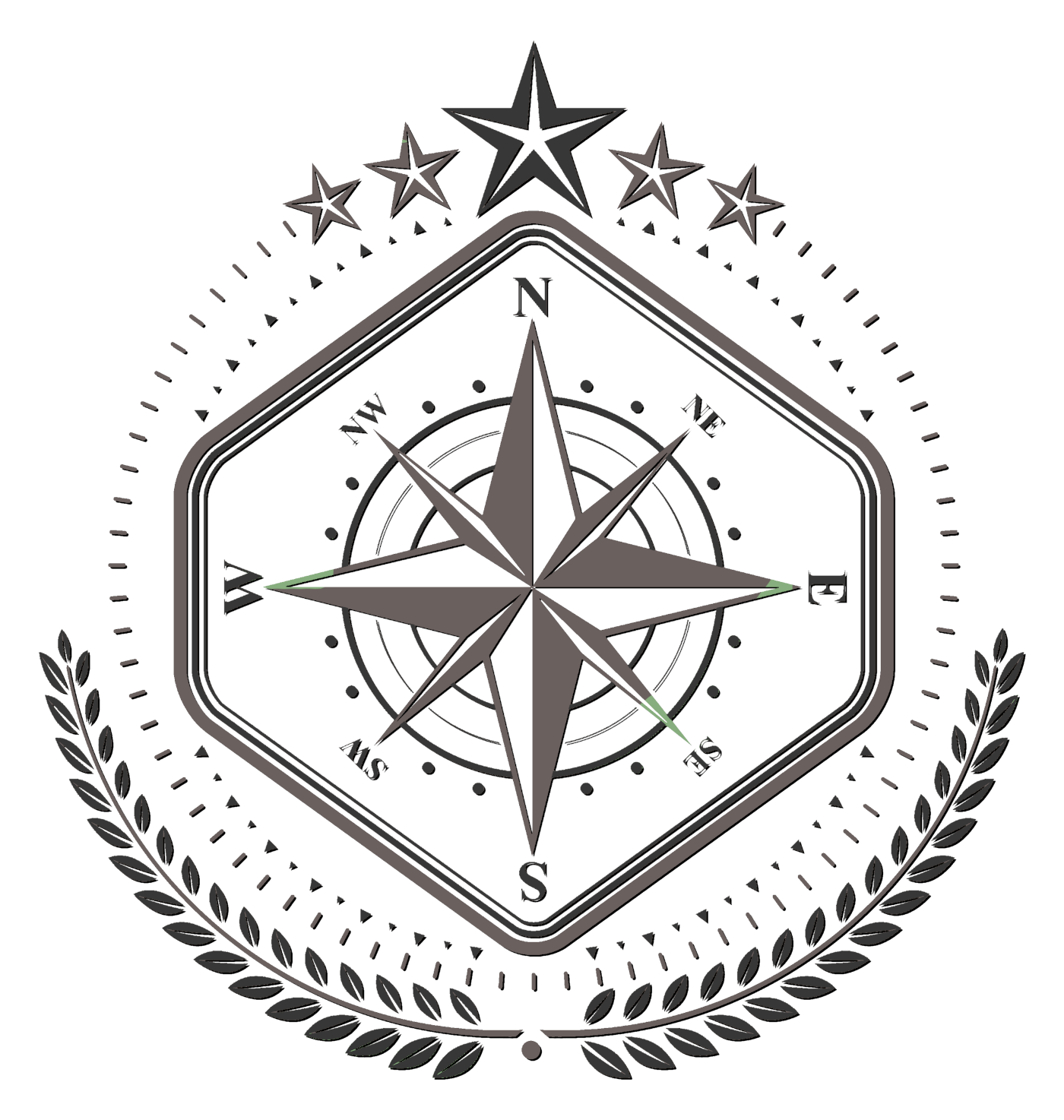Addition: On the Life-Span of Dwarves.
A dwarf will spend approximately ten to eleven months in the womb. Because of this extended period of development, dwarves are born with all of their bones, and learn to communicate more quickly than human children. It is not unusual for a dwarf child to beginning walking months before a human child born on the same date.
From birth to the fifth year of age, dwarf children are referred to (in the tongue of men) as "dwarvings," a term not unlike the word "toddler." At this age dwarf children learn of the dwarf culture through experiential learning. Dwarf children are not considered very impressionable and are therefore allowed more freedom to explore ideas and cultures than the children of the other peoples.
When a male dwarf child reaches his sixth year of age, his father and a group of five leaders from his fathers Covenant Body (not unlike our term "church body") will take him into the mountains for a week. During the fourth day of the week the child will go through a ritual circumcision. This period is a defining point in a he-dwarfs life, because the child and the elders will discuss the child's place in the Covenant, and his duties as an appointed priest of the LORD.
When the he-child returns from this ritual week, he will begin an in-depth study of the Covenant Documents, as well as the necessary arts of propers reading, writing, and effective speaking.
When the he-child reaches his eleventh year of age, one fourth of study time will be aimed at the study of manhood as defined by the Covenant Documents. He will continue this study officially until his twenty-first year of age, when all of his Covenant studies will become private and personal duties. From his twenty-first to thirty-first year of age, his official duties will be the studies of trades, history, and athletics, and the use and creation of weaponry. When he turns thirty-one his official education ends, and he is free to participate in the trade and work of the Covenant that he feels led to.
A he dwarf reaches physical maturity at approximately his twentieth year, and will maintain youthful vigor until approximately his three-hundredth year. After this point his life-span depends greatly on his eating and exercise habits, but he-dwarves generally die around their four-hundredth year.
I will post more about the life of she-dwarves later. Writing that wore me out!

Edit: Due to a lack of inspiration, tonight I will be posting on the appearance of dwarves.
Addition: On the Appearance of Dwarves
Male dwarves average a height of four feet, while female dwarves average a height of three and a half feet. (I'll calculate a metric measure if someone asks.)
It must be understood that dwarf culture never speaks of a persons physical appearance in terms beauty. In fact, the only terms that refer to a persons appearance as good or bad speak in terms of healthiness. Dwarves may speak of a persons appearance as being dark, or rough, or gentle, but never terms that measure good or bad. Dwarves only use terms of beauty or ugliness when speaking of works of art.
He-dwarves generally bald by the age of twenty, at which time their hair also begins to loose pigment, becoming gray and white. He-dwarves are known for their long beards and busy eyebrows, but while these may be the traditional style for a he-dwarf, such an appearance takes time to achieve, and great variance is observed in its various forms.
She-dwarves are less thick and stocky than he-dwarves, and never bald, although their hair looses its pigment slightly sooner that a he -dwarves. She-dwarves grow no facial hair except eyebrows, instead they grow long hair, and practice various ways of taking care of their hair.
While dwarves do not refer to people themselves as being beautiful or ugly, the may occasionally refer to modes of dress and styles of hair and beard in this way. These are considered basic art forms, and are treated with much cultural emphasis.


